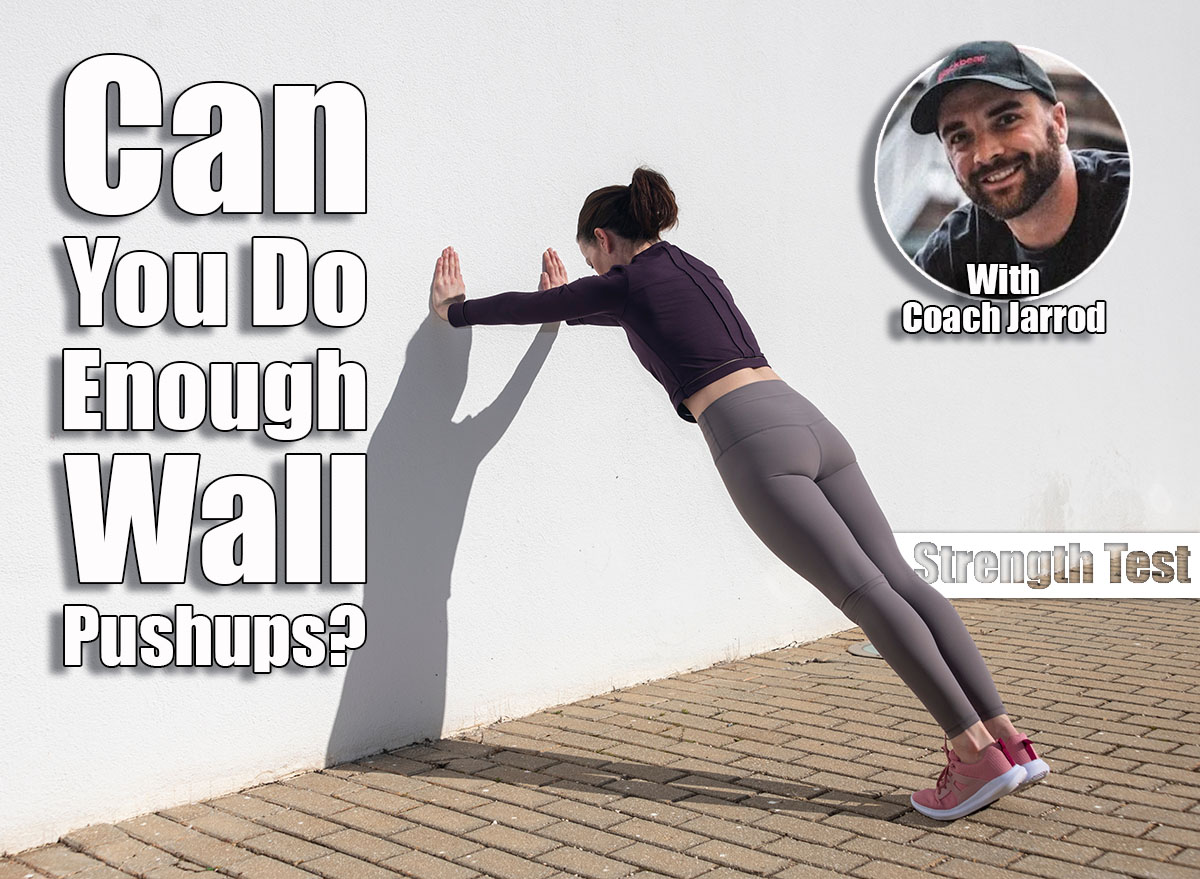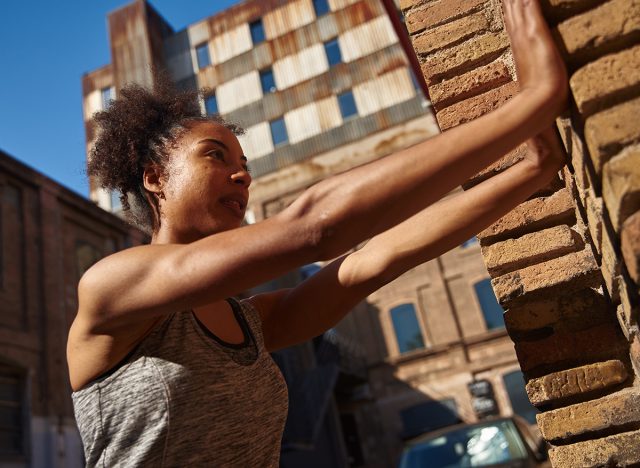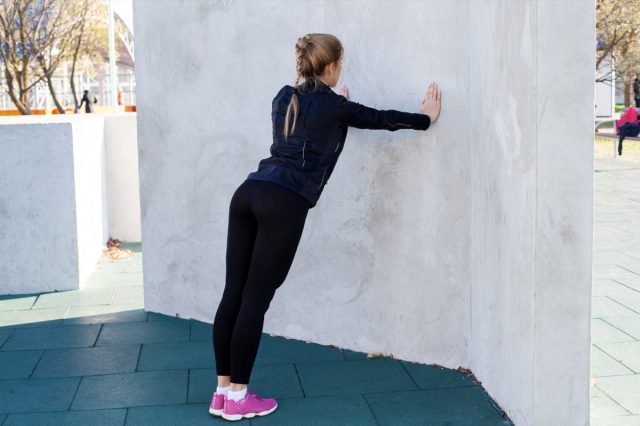Over 40? If You Can Do This Many Wall Pushups, Your Strength Is Above Average

At some point after 40, you realize your body gives you honest feedback whether you want it or not. Lifting a heavy grocery bag or wrestling with a jar lid can feel like a strength test in its own right. One of the simplest ways to measure if your upper body is still keeping pace is with a move you can do almost anywhere: the wall push-up.
Wall push-ups might look easy, but they’re an underrated strength and stability gauge. Pushing your own bodyweight, even at a shallow angle, tests the endurance of your chest, shoulders, and arms while calling on your core for balance. When you push yourself for maximum reps, you not only get a conditioning check but also a peek into your muscular stamina.
Beyond strength, wall push-ups are a functional exercise. They mimic real-life pushing patterns, like bracing yourself to move furniture or steadying your body when you slip. They also provide a low-impact baseline test: how many can you crank out before your arms give out? That number provides a benchmark to train against and a straightforward way to track progress over time.
Ahead, we’ll dig into why wall push-ups matter, how to do them correctly, how many reps reflect above-average strength, and how to push your score higher after 40. Think of this as your strength report card—only without the red ink.
The Top Benefits of Wall Push-ups

Wall push-ups offer a test of muscular endurance and coordination. By supporting part of your body weight, you lighten the load compared to floor push-ups, but you still challenge the same prime movers: the chest, shoulders, and triceps. This allows you to perform more reps, which highlights stamina and conditioning.
For those over 40, wall push-ups also train joint stability. The controlled motion protects your shoulders while reinforcing the small stabilizing muscles that keep them healthy. The upright position reduces stress on the wrist and lower back, making it an accessible movement for anyone easing back into training.
Functionally, wall push-ups prepare you for everyday tasks, such as sliding open a heavy door, pressing an object overhead, or steadying yourself against resistance. The higher rep ranges improve circulation, reinforce posture, and even boost core activation since you must stay braced throughout the movement.
How to Perform a Wall Push-Up
Executing this move with precision ensures you get the full benefit. Proper form turns what looks like a warm-up into a genuine test of strength and stability.
Step-by-step:
- Stand tall: Face a sturdy wall and stand approximately two feet away, with your feet shoulder-width apart.
- Set your hands: Place your palms flat on the wall at chest height, slightly wider than shoulder-width.
- Engage your core: Brace your abs and keep your body in a straight line from head to heels. Avoid arching your lower back.
- Lower under control: Bend your elbows and slowly bring your chest toward the wall. Keep your elbows at about a 45-degree angle, not flared straight out.
- Press back up strong: Drive through your palms to return to the starting position. Squeeze your chest and lock out your arms at the top.
- Find your rhythm: Continue for reps, maintaining good posture and steady breathing with each push.
How Many Wall Push-Ups Show Above-Average Strength?

Your wall push-up score shines light on your current level of upper-body conditioning. While exact numbers can vary, general ranges provide a strong baseline:
- Beginner Level: Fewer than 15 reps before form breaks down
- Average Strength: 20 to 30 reps
- Above Average: 35 to 50 reps
- Elite for 40+: 50+ reps without stopping
If you can consistently hit 35 or more, you’re showing excellent upper-body endurance and stability for your age. The test highlights not only raw strength but also muscular stamina, which plays a key role in long-term health, injury prevention, and confidence in daily movement.
How to Improve Your Wall Push-Up Score After 40

Improvement comes from a mix of consistent practice and complementary strength training. Here are the top strategies to raise your score:
- Train the Push Pattern Frequently: Include wall push-ups or their variations three to four times per week. Build volume gradually.
- Progress the Angle: Step your feet farther from the wall or move to incline push-ups on a countertop to increase resistance over time.
- Strengthen Supporting Muscles: Incorporate exercises like dumbbell presses, dips, and band pushdowns to build strength in your triceps and chest.
- Focus on Core Stability: Strong abs and lower back help maintain posture during high-rep sets. Planks and hollow holds are excellent additions.
- Test Regularly: Re-check your max wall push-ups every two to three weeks. Use the score as motivation and a tangible marker of progress.